How to make your grass greener in 9 easy steps
Here’s how to make grass greener for a perfect lawn
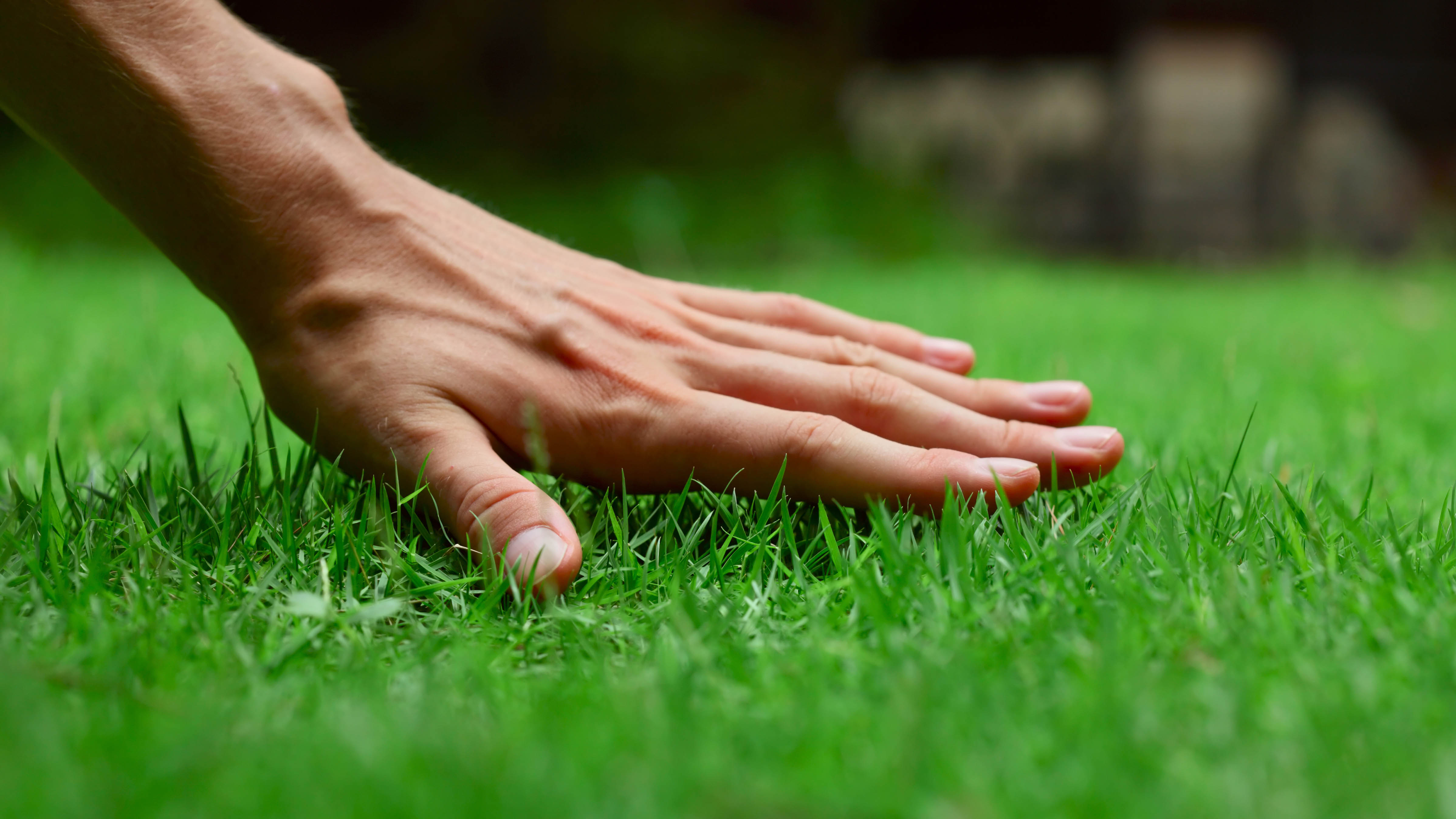
Knowing how to make grass greener can give you a lawn to be proud of. Despite our best efforts, the lawn can quickly look worse for wear at this time of year. Whether it’s yellowed from a lack of water, or covered with crabgrass or dandelions, you can soon question where you went wrong. Worry not though, there are ways you can make your grass green again and make sure it’s getting the best care possible.
While learning how to stripe your lawn and how to plant grass seed may make things look better, there’s more than this to getting a thriving, green lawn. Here, we will break down nine steps to get your grass looking green again. We will consider everything from fertilizer options to weed care and aeration. By the time you’re finished reading, the grass will always be greener on your side. Here’s how to make grass greener.
It might also benefit from knowing how to put lime on your lawn for greener results. And find out whether grass seed vs sod is better for your lawn.
Here are 5 ways to improve your soil for a healthier lawn. And here are 7 ways you can reuse grass clippings after mowing. Plus, these are the 7 composting tips everyone needs to know.
How to make grass greener
Soil test kit
Fertilizer
Water
Spade (optional)
Mower
Grass seed (optional)
Aerator
1. Get to know your grass. First of all, not all grass is the same. Just like plants, there’s all sorts of varieties that can be found in different regions. And each has its own preference in terms of nutrients, exposure to sunlight and even height. Find out what type of grass you have before anything; this will help you understand what it needs to get greener.
Generally speaking, you will find cool-season grasses in the northern states of the U.S. While warm-season grasses can be found in the south. This should help you create a shortlist of potentials. If you’re still unsure, ask your local garden store for guidance.
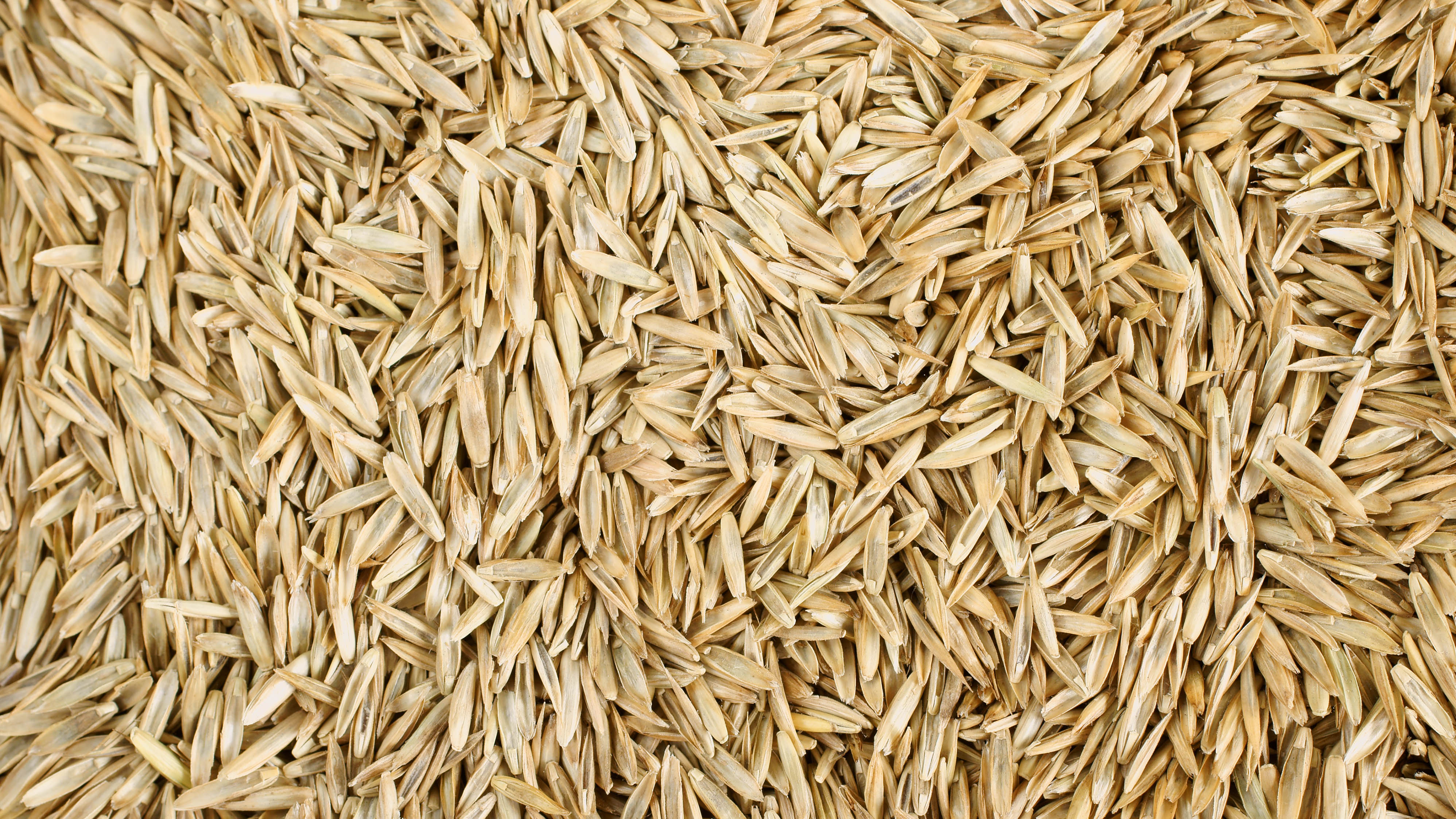
2. Test your soil. The next step is to figure out what properties your soil has. This, combined with your grass type, can help you determine what’s missing for the best growth. Soil test kits are widely available, we recommend Luster Leaf 1602 Soil Test Kit ($16.49 at Amazon).
Sign up to get the BEST of Tom's Guide direct to your inbox.
Get instant access to breaking news, the hottest reviews, great deals and helpful tips.
The ideal soil will ultimately depend on your grass type, but as a rule of thumb you want a slightly acidic pH level of 6-7, as well as an abundance of nitrogen, phosphorus and potassium. Bear in mind that cool-season grasses prefer the pH to be slightly higher than warm-season grasses. You should aim to test your soil yearly to make sure the minerals are sufficient.
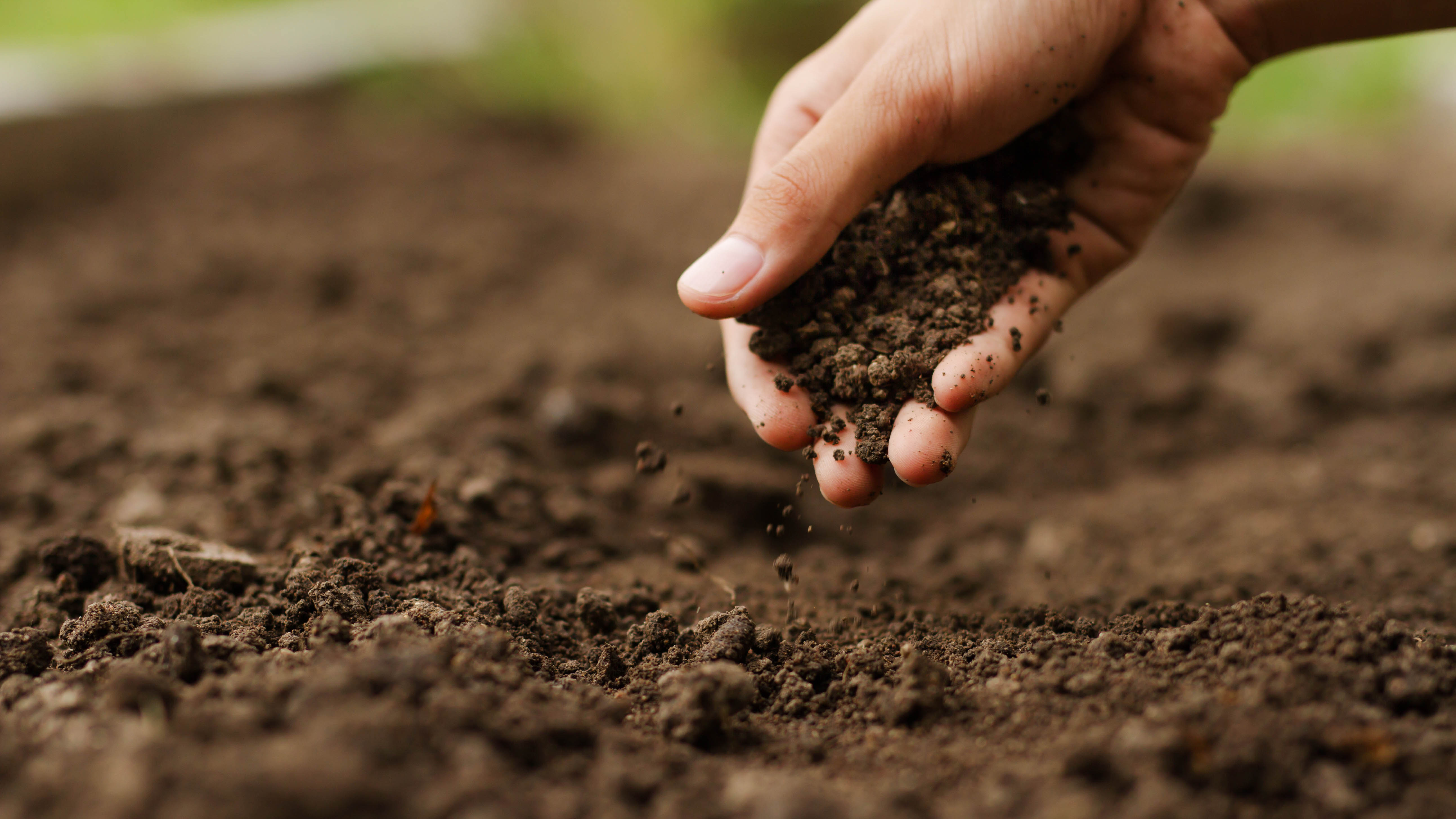
3. Break out the fertilizer. Now you know what’s missing, you can buy the best fertilizer to suit your yard. Most fertilizers contain nitrogen, potassium, and phosphorus, however, the ingredients and proportions vary to suit different needs. That means when you pick out your fertilizer, look for one which will balance out your mineral levels. Some fertilizers also feature useful additions such as iron supplements to encourage greener growth, while others contain weed killer.
When you should fertilize depends on your grass type. If you’ve got cool-season grass, look to fertilize in the early spring and fall. Whereas, you should apply fertilizer to warm-season grass more often throughout the summer. Be sure to follow the instructions on your specific fertilizer in terms of dosage and application. Too much fertilizer can actually cause damage and leave scorch marks so be careful.
There are natural alternatives available as well if you don’t want to use chemicals in your yard. Spreading a thin layer of compost over the grass in early spring can add valuable nutrition to your soil for instance. You can also purchase organic lawn fertilizers.
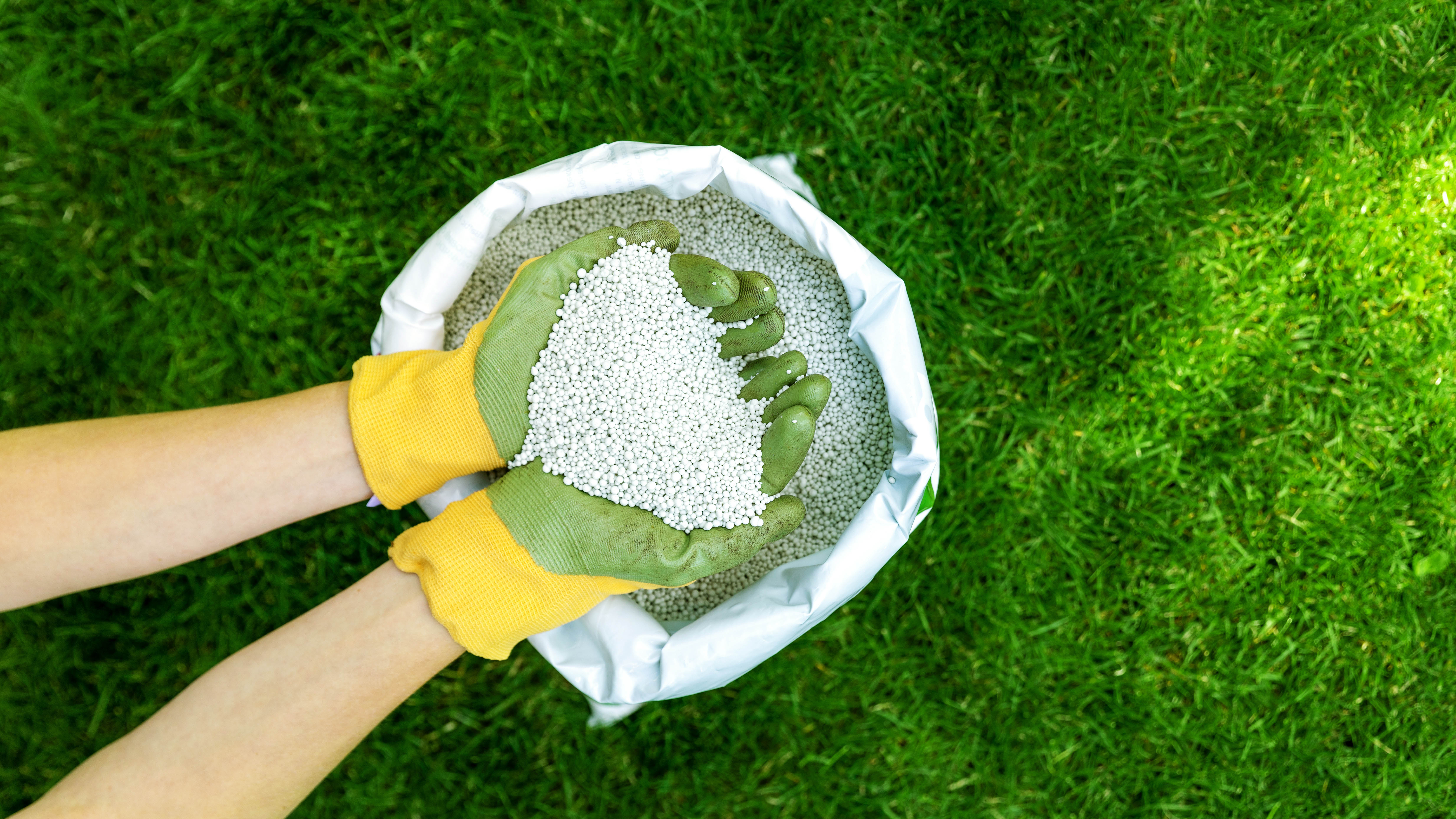
4. Water your grass regularly. You must water your lawn regularly, particularly through the heat of summer. Your grass will need about an inch of water per week for guidance and you’ll want to do this first thing in the morning so the sun doesn’t evaporate your efforts. Set your irrigation system on a schedule to accommodate this and take advantage of the rain when you can to save water.
If you’ve planted fresh grass seeds, then those will need more attention when it comes to watering. The ground should be kept moist at first, getting watered 1-2 times per day and then less regularly once the grass reaches 1-2 inches in height.
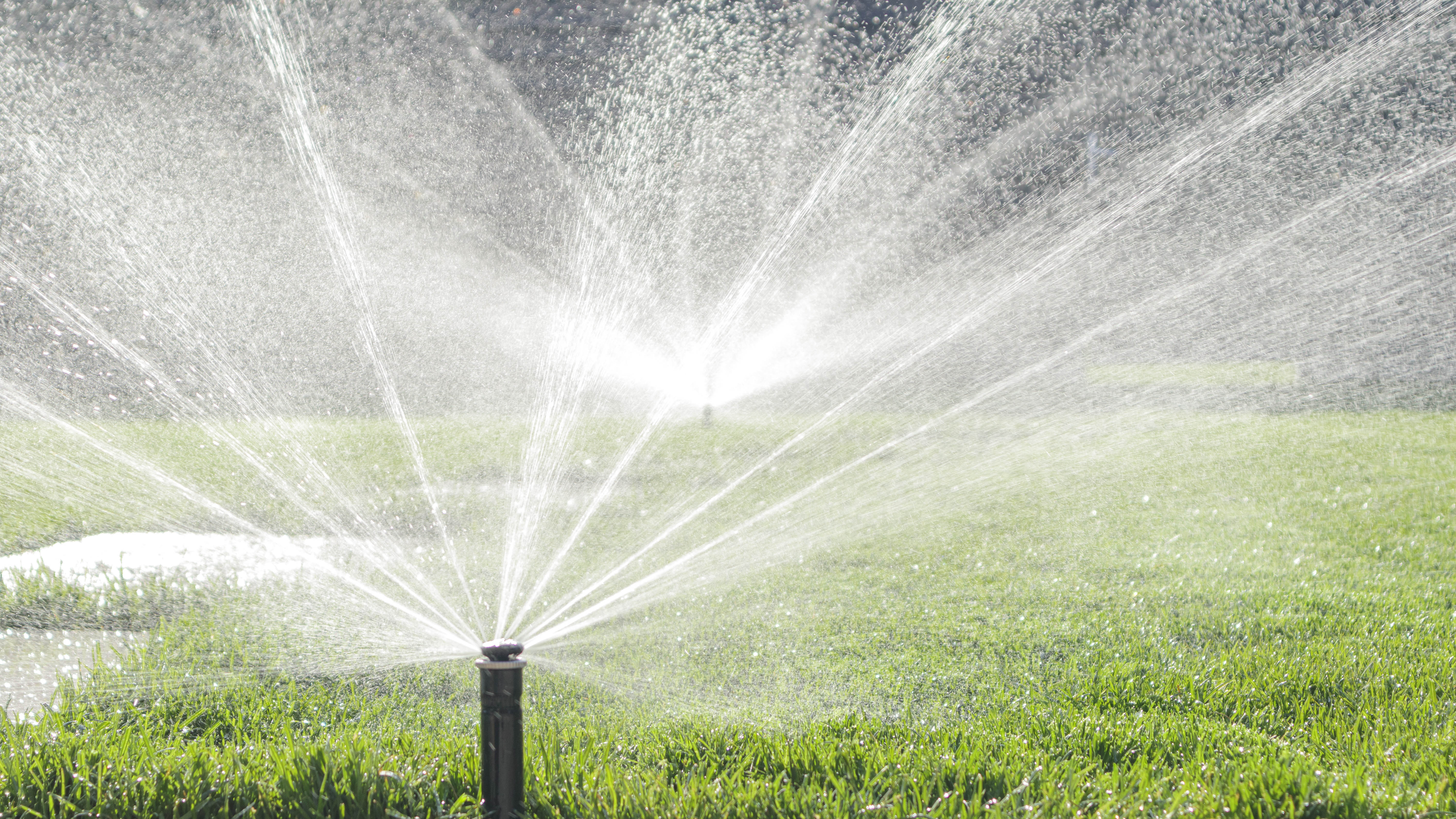
5. Get the most from your mower. Mowing is important to keep your grass looking even and healthy, but be careful not to over-cut. Long grass leaves will actually shield the roots from sun damage and it can encourage root growth too. The height you should cut to depends on the grass type. Cool-season grasses prefer to be short, while warm-season grasses should be tall. Try not to cut more than 1/3 off the grass in total. It sounds crazy, but the optimum height will encourage green growth.
It’s also important to check on the condition of your mower blades. These will naturally dull over time and end up tearing the grass rather than cutting it. The jagged tops of the leaves can then turn brown or white and, combined with the messy finish, will ruin the look of your lawn. Sharpen your blades when necessary or replace for a fresh start. Check out our guide on how to sharpen lawn mower blades for more info.
Thinking about buying a riding lawnmower? My Dad just treated himself to a riding lawn mower — here’s what happened.
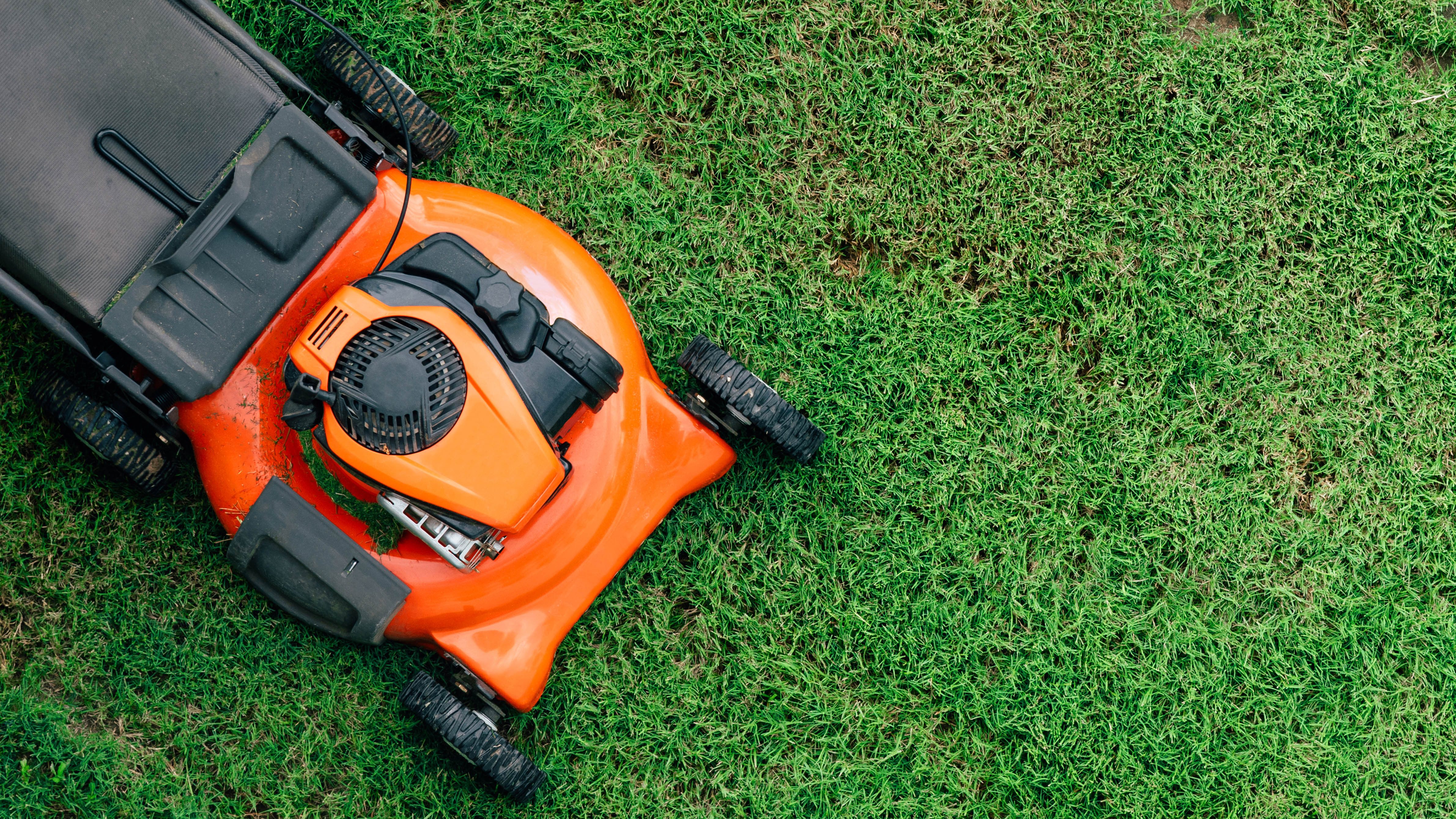
6. Keep on top of weeds. Don’t let weeds get in the way of achieving the greenest yard in the neighborhood. Dig out any weeds as they appear with a spade — just make sure you pull up the roots. If you prefer not to get your hands dirty, you can also treat singular weeds with a dedicated weed killer which can be found in most garden stores. Choose one suited to your weed-type and make sure you wear adequate protection.
If weeds are a real problem and keep coming back, you can also switch to a fertilizer which contains weed-killer to deter them. If you don’t want to use chemicals on your lawn, but still have a weed problem, corn gluten meal is a natural alternative which both kills weeds and fertilizes.
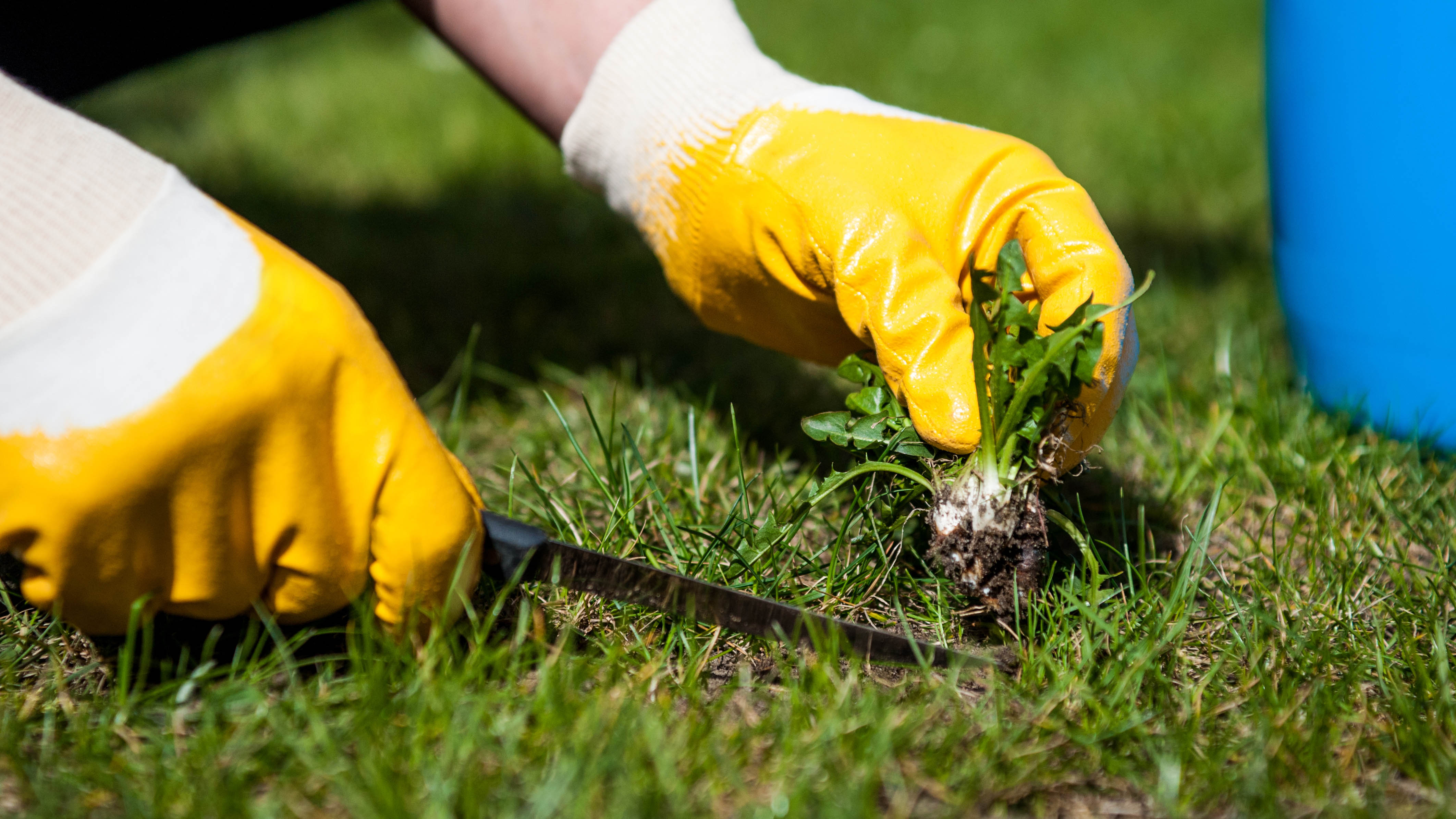
7. Fill in any gaps. If you’ve been learning how to get rid of moles, or your lawn has a few brown patches, don’t worry. You can easily fill in any gaps with fresh grass seed. First, make sure your seed matches the grass in your lawn. Next, remove any dead grass from the spot you intend to fill and till the top ¼ inch of soil. Now you can distribute your grass seed by hand, cover over with a thin layer of soil and water regularly.
You can alternatively overseed your entire lawn if it’s looking a little tired. After you’ve cut down the existing grass, spread a thin layer (¼ inch) of soil over your lawn with a rake. You’re then ready to sew fresh grass seed with a spreader — make sure you distribute them evenly. Once the seeds are down, they can be fertilized and watered. You can also cover the seeds with mulch or compost to help protect them from the elements.

8. Dethatch your law. If you notice brown spots in your lawn, you could have a problem with thatch. Thatch is caused by a layer of organic buildup on the surface of the soil, which can prevent water and nutrients from reaching grass roots. Although it’s the natural process of grass growth and decay, if the amount of organic matter produced outweighs the quantity that decomposes, it results in thatch.
You can check if you need to dethatch your lawn by digging up a small patch to check the depth of thatch. If it is less than ½ inch, it’s OK and can be left alone.
However, if the layer is thicker, your grass will benefit from a dethatch. We’d recommend investing in a thatching rake, such as the Bully Tools 24-Tine Leaf and Thatching Rake ($57.74, Amazon). However, you may prefer a power rake or an electric dethatcher for large lawns.

9. Aerate the soil. Lastly, you should aerate your soil every so often if you want green grass. Over time, with heavy footfall, the soil in your yard will compact. This makes it difficult for any roots to receive oxygen and water, causing strain on the grass. By aerating the soil, your lawn will be able to breathe better and will thrive as a result.
You should use an aerator to aerate your lawn, but when and how often depends on your grass seed type. Cool-season grass should be aerated in the early spring or fall, while it’s best to aerate warm-season grass in the late spring or early summer. Aerate once a year if your lawn is struggling or it experiences high footfall. If your lawn is fairly vibrant, once every 2-3 years is enough.
You can purchase or rent aerators, and you push them along much like mowers. You’d be surprised by the difference this can make.
We've also got a separate guide to how to aerate a lawn and when you should do it, for more detail on this step.

If you follow these tips, your neighbors will soon reflect your lawn and be green with envy. Just remember that ongoing maintenance is key to keeping a lawn healthy, so repeat the above steps for continuous results. You can read our top tips on how to water your lawn in a heat wave, 7 signs that you are cutting your grass too short that could be damaging your lawn's health and here's how to remove grass stains from your clothes.
For more planting tips, tricks, and how-tos, check out our guides on how to plant sunflower seeds and when to do it, how to plant potatoes and how to grow tomatoes in pots. You'll also want to read how to prune hydrangeas, how to care for an orchid, and how to care for air plants.

Katie Mortram used to be a Homes Editor for Tom's Guide, where she oversaw everything from kitchen appliances to gardening tools, as well as smart home tech. Specializing in providing expert advice for cleaning and home manintenance, she now works as Household Advice Editor for Good Housekeeping.
